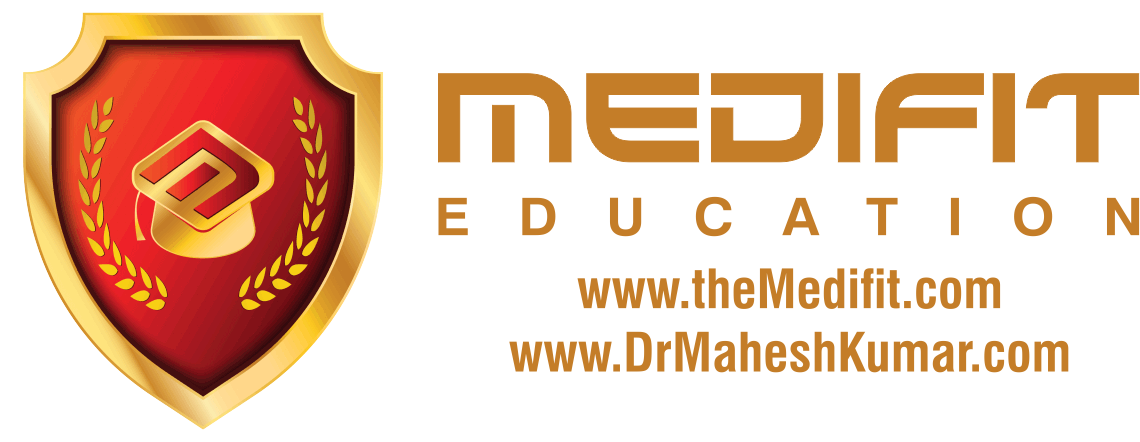This video and more updated versions of similar videos are available for instant download licensing https://www.alilamedicalmedia.com/-/galleries/narrated-videos-by-topics/diabetes ©Alila Medical Media. All rights reserved. Support us on Patreon and get FREE downloads and other great rewards: patreon.com/AlilaMedicalMedia All images/videos by Alila Medical Media are for information purposes ONLY and are NOT intended to replace professional medical advice, diagnosis or treatment. Always seek the advice of a qualified healthcare provider with any questions you may have regarding a medical condition. Diabetes refers to a group of conditions characterized by a high level of blood glucose, commonly referred to as blood sugar. Too much sugar in the blood can cause serious, sometimes life-threatening health problems. There are two types of chronic diabetic conditions: type 1 diabetes and type 2 diabetes. Pregnant women may acquire a transient form of the disease called “gestational diabetes” which usually resolves after the birth of baby. Pre-diabetes is when the blood sugar level is at the borderline: higher than normal, but lower than in diabetics. Prediabetes may or may not progress to diabetes. During food digestion, carbohydrates – or carb – break down into glucose which is carried by the bloodstream to various organs of the body. Here, it is either consumed as an energy source – in muscles for example – or is stored for later use in the liver. Insulin is a hormone produced by beta cells of the pancreas and is necessary for glucose intake by target cells. In other words, when insulin is deficient, muscle or liver cells are unable to use or store glucose, and as a result, glucose accumulates in the blood. In healthy people, beta cells of the pancreas produce insulin; insulin binds to its receptor on target cells and induces glucose intake. In type 1 diabetes, beta cells of the pancreas are destroyed by the immune system by mistake. The reason why this happens is unclear, but genetic factors are believed to play a major role. Insulin production is reduced; less insulin binds to its receptor on target cells; less glucose is taken into the cells, more glucose stays in the blood. Type 1 is characterized by early onset, symptoms commonly start suddenly and before the age of 20. Type 1 diabetes is normally managed with insulin injection. Type 1 diabetics are therefore “insulin dependent”. In type 2 diabetes, the pancreas produces enough insulin but something goes wrong either with receptor binding or insulin signaling inside the target cells. The cells are not responsive to insulin and therefore cannot import glucose; glucose stays in the blood. In other words, type 2 diabetics are “insulin resistant”. Here again, genetic factors predispose susceptibility to the disease, but it is believed that lifestyle plays a very important role in type 2. Typically, obesity, inactive lifestyle, and unhealthy diet are associated with higher risk of type 2 diabetes. Type 2 is characterized by adult onset; symptoms usually appear gradually and start after the age of 30. Type 2 diabetes accounts for about 80 to 90% of all diabetics. Management focuses on weight loss and includes a low-carb diet.
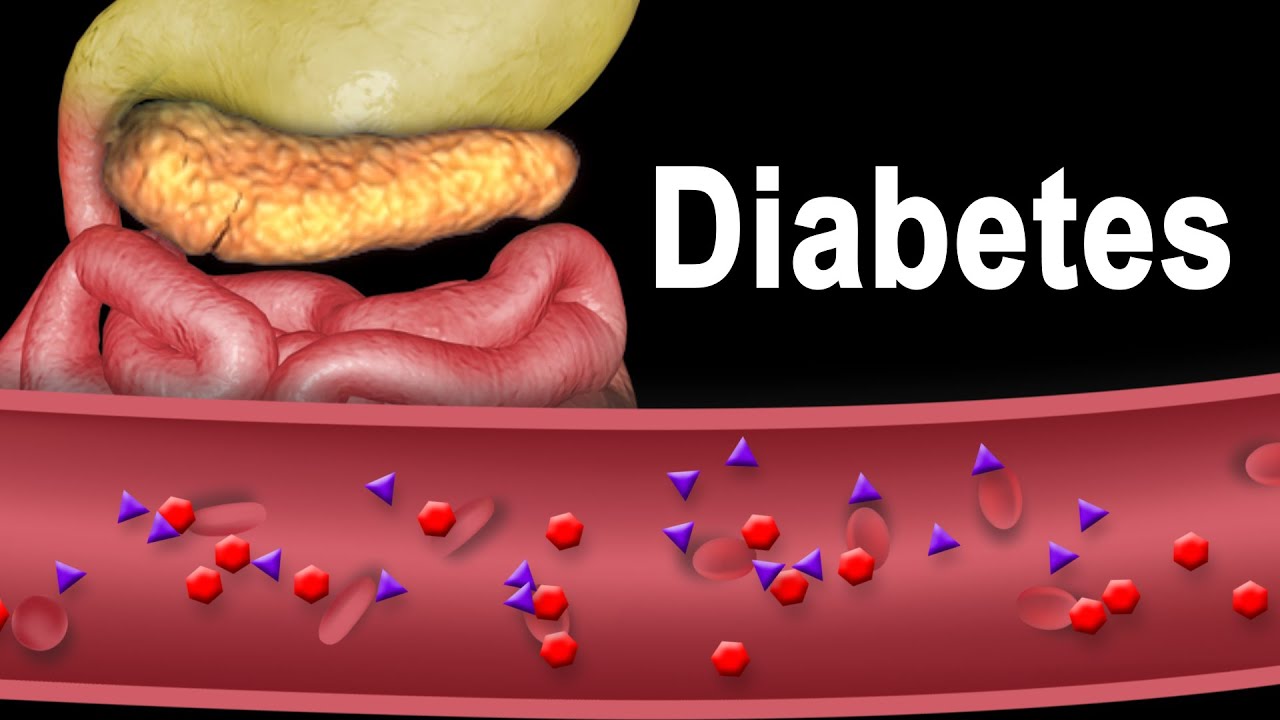
Diabetes Type 1 and Type 2, Animation.
- Post author:admin
- Post published:October 8, 2021
- Post category:Uncategorized
- Post comments:0 Comments
You Might Also Like
Latissimus Dorsi Bent Over Row-4

Insulin Action Times

How to PROPERLY Hamstring Curl for Muscle Gain & Injury Prevention

Dr Ramakrishna tells about the diet in Arthritis | Online Health Tips

Lifestage Nutrition Video – 2

Base Cream Video – 3
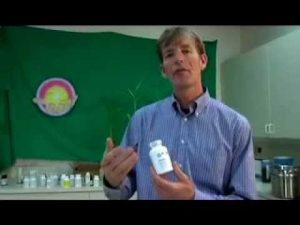
Ornithine During Liver Flush
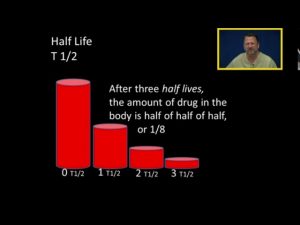
Half Life T1/2
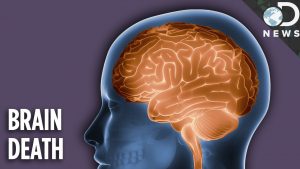
Is A Brain Dead Person Actually Dead?

nutrition & nutrition label
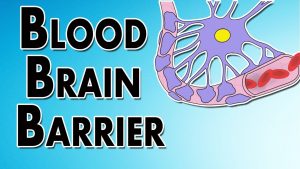
Blood Brain Barrier – Layers, Permeability, and Function

Triceps – Cable Rope Overhead Triceps Extension Exercise Guide

Zumba Cooldown / Stretch – Let me Love you (Remix)

Top 10 Best Vitamin B-12 Supplements For Men & Women ✔✔

Latissimus Dorsi Bent Over Row-9

Day 1 | 30 Minute at Home Strength Workout | Clutch Life: Ashley Conrad’s 24/7 Fitness Trainer

How to Do Back Extensions

Shoulder Impingement Exercises Part 1-2:Upright Row
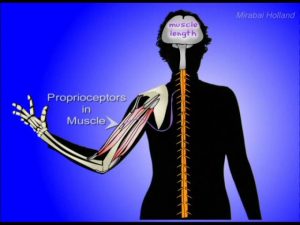
STRETCH MECHANICS by Mirabai Holland

Side Crunch With Weight-1

Past Life Regression Video – 4

Hypertension – Pathophysiology
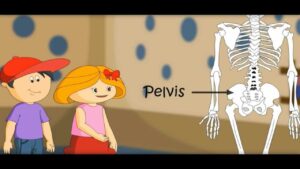
Skeletal System And Asanas Video – 3
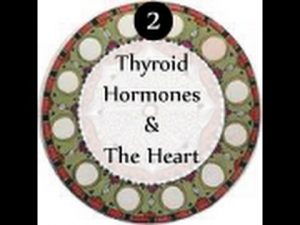
№ ❷ Thyroid Hormones and The Heart

What is Fish Oil? Omega-3 Benefits & Side Effects Review by Guru Mann

New Rear Delt Exercise You’ve Probably Never Seen

Brandl’s Basics: Mechanism of action of local anesthetics

Homicide Psychology/ Psychiatry Video – 1

Phil Heath’s Incline Dumbbell Curl | Bicep Exercise #2

Internal organs of human body model

What is STEROID SULFATASE? What does STEROID SULFATASE mean? STEROID SULFATASE meaning & explanation
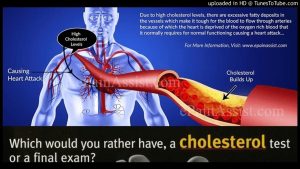
Rosuvastatin versus atorvastatin in a high-risk population with hypercholesterolemia

Steroids Side Effects: Wactch this Before Using Steroids

5 Minute Butt and Thigh Workout for a Bigger Butt – Exercises to Lift and Tone Your Butt and Thighs

Latissimus Dorsi Bent Over Row-8

Keto Diet, Keto Foods, Keto Recipes Video – 5

The Physiology of Tai Chi and QiGong

Bench Press – 5 Biggest Bench Press Mistakes

TONE & DEFINE Back Workout + Clothing Haul | WHITMAS Day 13

BCAA (Branched Chain Amino Acids)
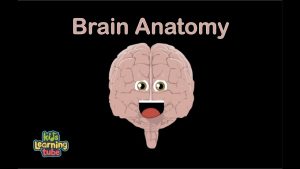
Human Body for Kids/Brain Song/Human Body Systems

